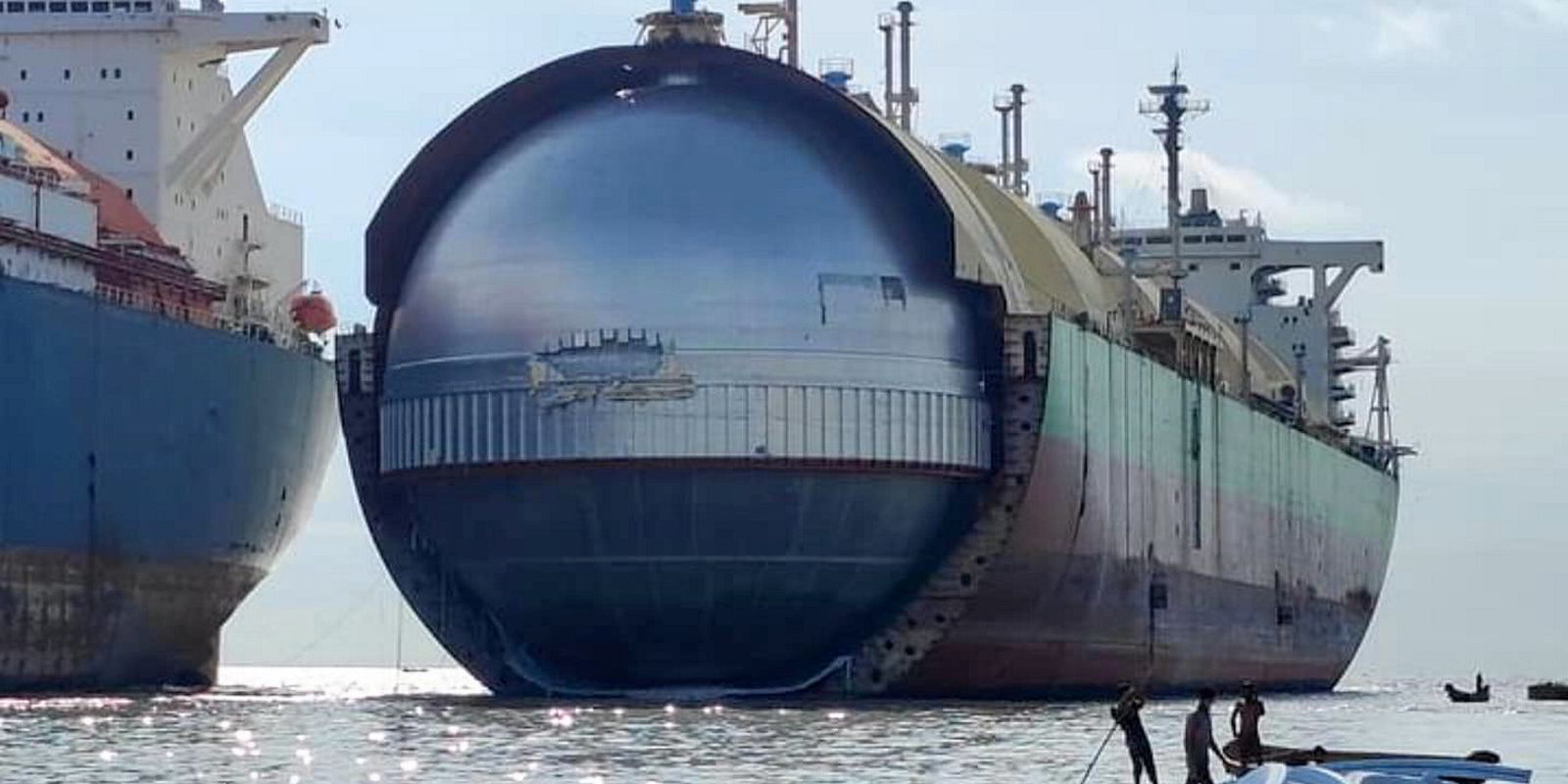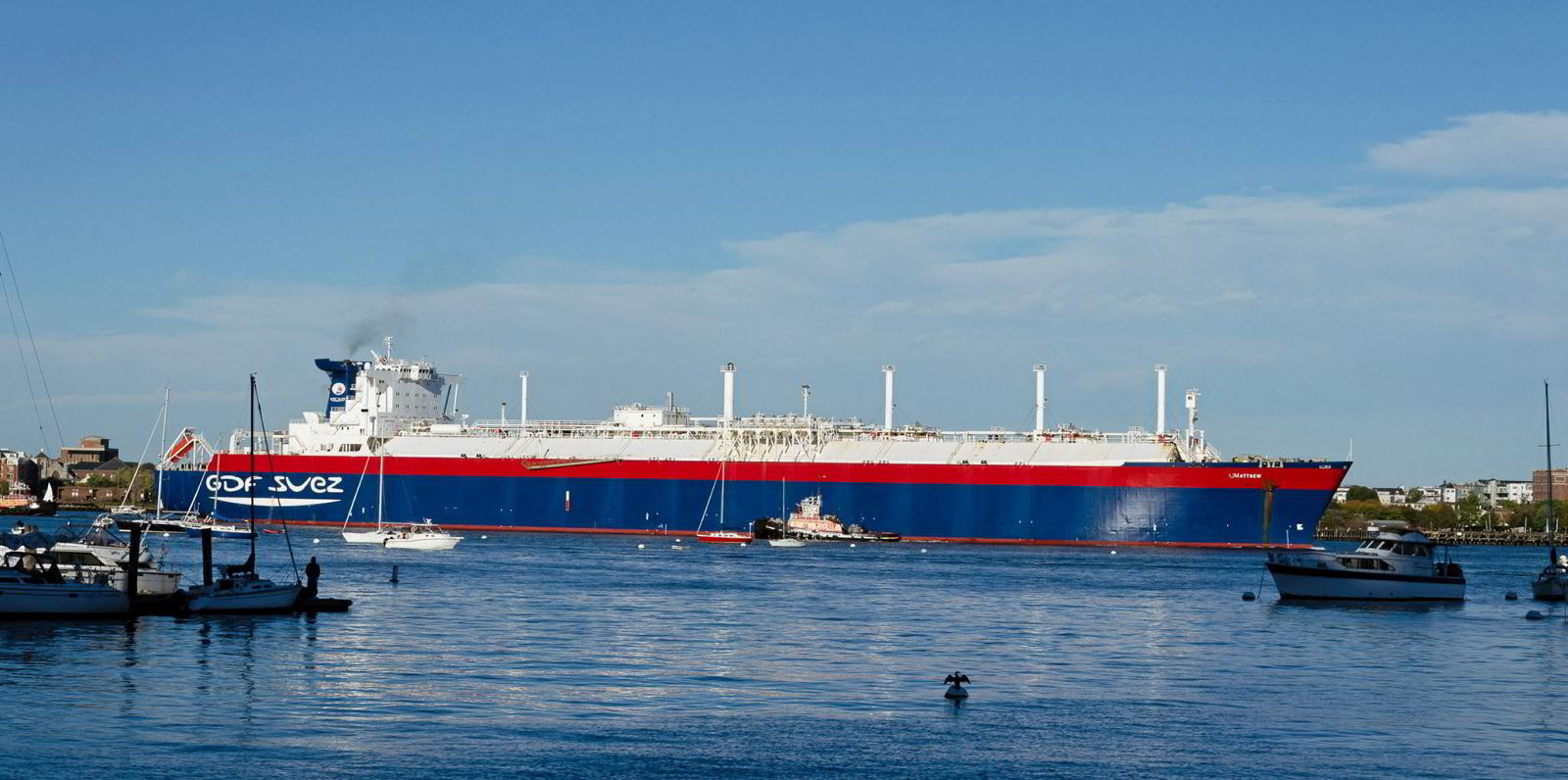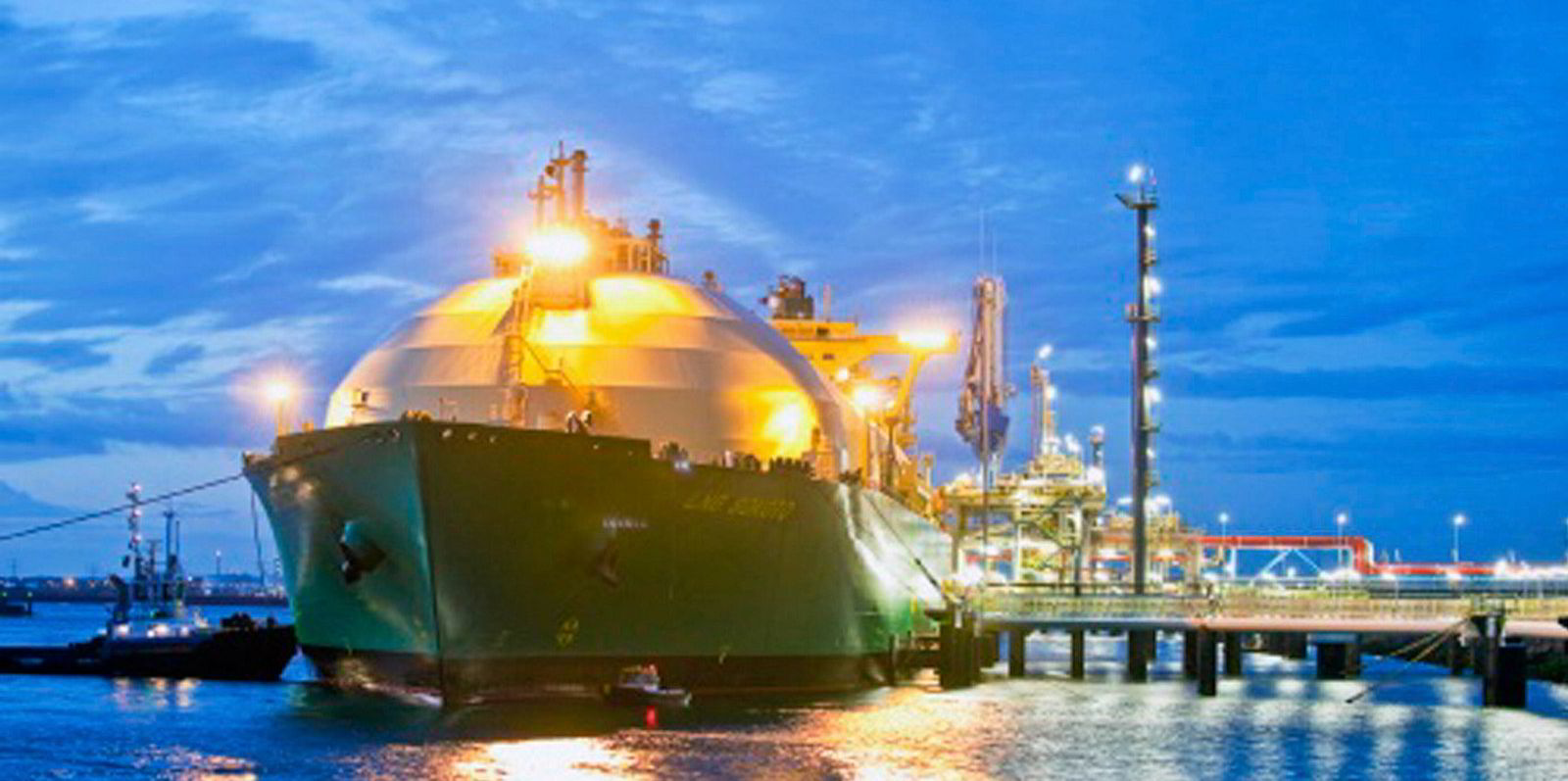A lone LNG carrier was sent for demolition in 2022 as the charter market fired up and demand for older vessels for conversion projects also rose.
According to brokers and TradeWinds own data, the only LNG carrier sold for scrap in 2022 was the 126,540-cbm, steam turbine vessel Dahlia (ex-Ocean Quest, built 1979).
The 33,141-ldt US-built vessel was sold on an “as is” basis in Malaysia.
This is a big turnaround on 2021 which proved to be among the strongest years for LNG carrier demolition and saw seven vessels sent to the breakers.
Brokers and consultants said the sudden slowdown in LNG scrap sales was largely due to the hot market seen in 2022.
Daily spot charter rates for steamships, which are the older, least efficient and usually smallest vessels in the global fleet, shot up from around $40,000 per day in January last year to hit levels close to $250,000 per day in October.
Short-term period rates also proved attractive with these older ships achieving six-figure daily figures in both October and November.
In addition to the exceptionally strong charter market there has also been an increase in demand for vessels that can be used either as floating storage units or as conversion candidates for projects looking to develop floating storage and regasification units or floating LNG (FLNG) production units.
This demand has been heightened by the crush at shipyards for conventional LNG carriers which has seen berth space soaked up leaving yards few delivery slots to offer in 2026 and with 2027 — some five years out — as the next option for a newbuilding.
In November Golar LNG said it was looking at Moss-type LNG carriers in its search for a conversion candidate for the company's next planned FLNG unit.
The same month Hoegh LNG said it was ready to do LNG carrier-to-FSRU conversions and would look at both its own fleet along with other donor vessels for these.
But industry commentators continue to point to LNG steamships, which account for around one third of the 710-plus world fleet, will increasingly come under pressure from the new Energy Efficiency Existing Ship Index and Carbon Intensity Indicator (CII) emissions regulations, despite last minute adjustments to the CII rules.
Lloyd’s Register gas technology segment director Panayiotis Mitrou has estimated that by 2030, 51% of steamships could fall into the CII E-rating category which would severely limit their trading ability.
Clarksons Shipping Intelligence Network database lists 87 LNG carriers in the existing world fleet that are now 20 years and older. Of this number 45 are aged 25 years or more and 17 are over 30 years old. All but two of the vessels are steam turbine ships.
Of the 87 ships, seven are recorded as laid up, four as idle and three as under repairs.
For 2023 all eyes will likely be on some of the older vessels that have been floated as possible sales candidates as companies and projects start to renew their LNG carrier fleets.
West African producer Nigeria LNG floated three of its seven steam turbine vessels in its Bonny Gas Transport fleet for sale in 2022 while Malaysian shipowner MISC put its 137,489-cbm membrane-type Puteri Intan Satu (built 2002) on the market.






